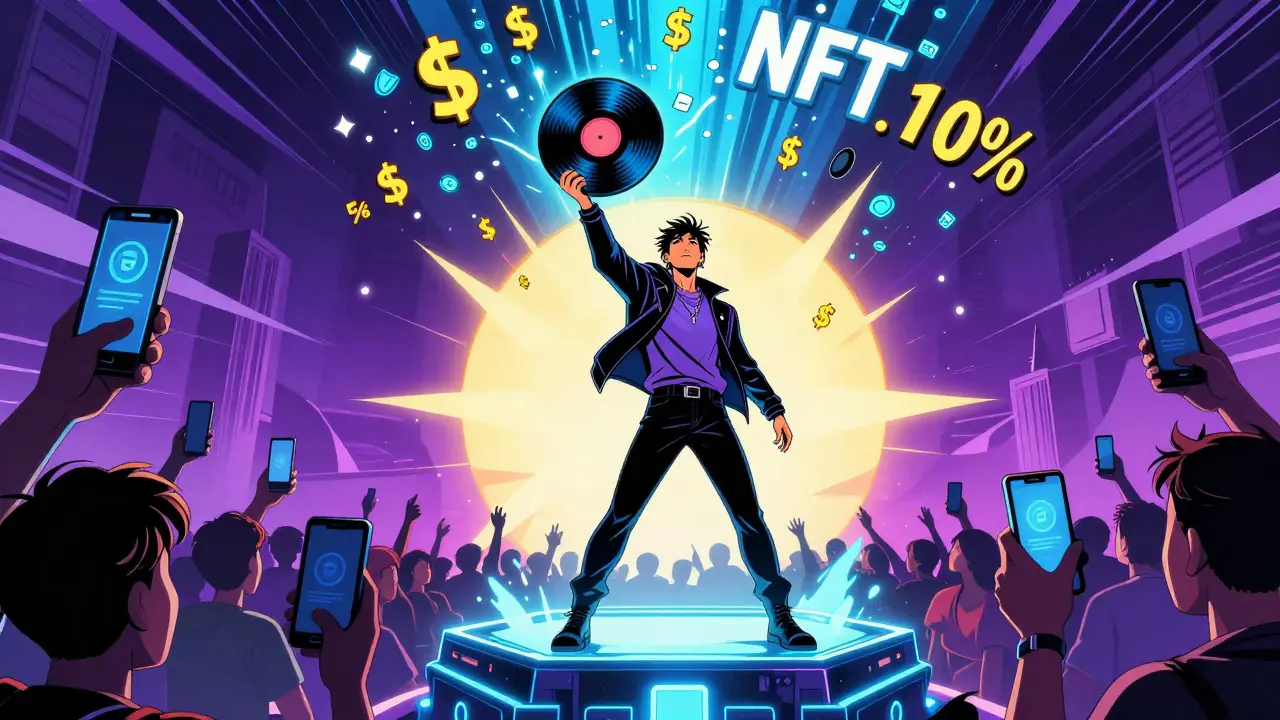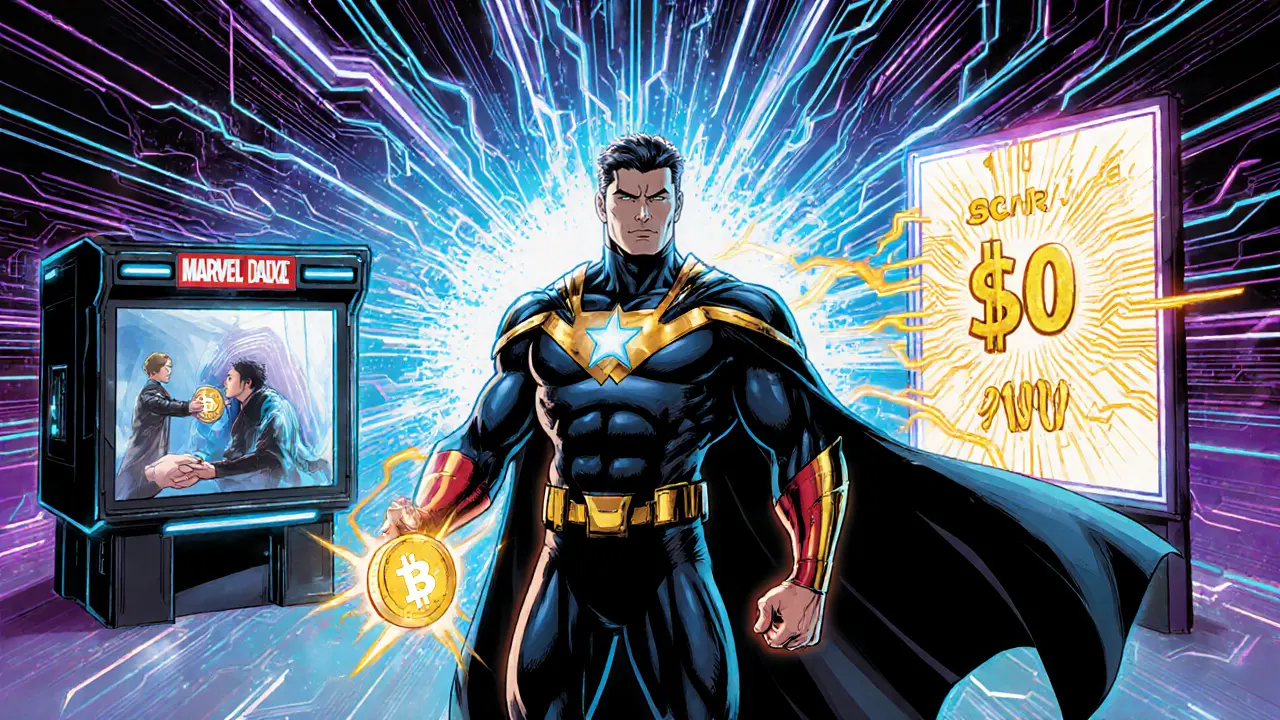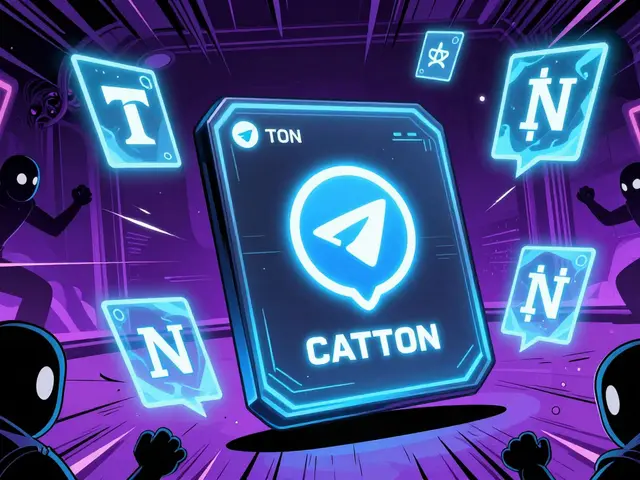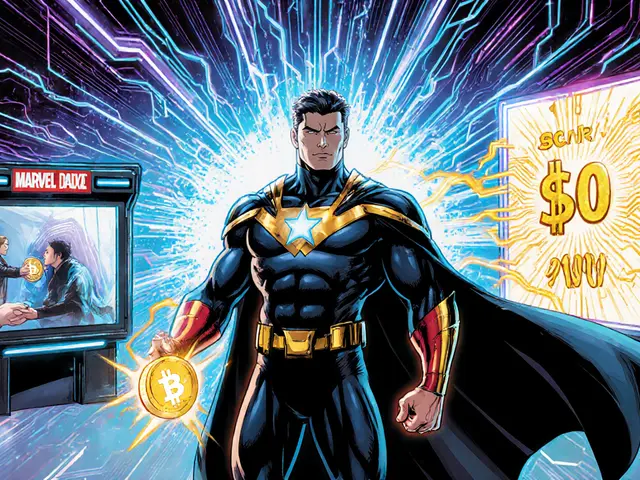NFT Royalties Explained – What Creators Need to Know
When working with NFT royalties, the recurring payments artists receive each time their NFT changes hands. Also called secondary‑sale royalties, it automatically routes a percentage of the sale price back to the creator. This model depends on smart contracts, self‑executing code that enforces the royalty percentage without manual steps and runs on blockchain platforms, public ledgers such as Ethereum, Flow or Solana that record every ownership transfer. For artists producing digital art NFTs, tokenized versions of visual or multimedia works, this framework creates a continuous revenue stream.
In plain terms, NFT royalties encompass royalty payments that are triggered on every resale, no matter who the buyer is. The royalty percentage is usually set by the creator—5 % is common, but 10 % or even 2.5 % appear depending on the market and the perceived value of the piece. Because the rule lives inside a smart contract, the payment is automatic and trust‑less: the blockchain checks the sale price, calculates the cut, and sends it to the creator’s wallet instantly.
Key Factors Shaping NFT Royalties
One major factor is the royalty standard used. ERC‑2981 on Ethereum, Flow’s “Creator Royalties” and Solana’s Metaplex standard all define how the percentage is stored and read. Platforms that respect these standards—OpenSea, Magic Eden, Rarible—will honor the royalty when a secondary sale occurs. If a marketplace ignores the standard, the royalty may be bypassed, which is why creators often pick venues that publicly commit to paying royalties.
Another driver is market demand. High‑profile drops with strong collector interest generate more resale activity, which translates into higher total royalty earnings. Conversely, a niche collection with little trading volume might see the royalty percentage stay idle. Understanding the secondary market dynamics helps creators set realistic expectations about how much passive income they can actually collect.
Technical setup also matters. Creators need a wallet that can interact with smart contracts, and they must embed the royalty clause during the minting process. Tools like Mintbase, Cargo and Metaplex provide UI‑based royalty configuration, while developers can write custom contracts for bespoke royalty splits among multiple collaborators. This flexibility means royalties can be split 70 % to the artist, 20 % to a co‑creator, and 10 % to a charity, all enforced on‑chain.
Legal and tax considerations are not optional. In many jurisdictions, royalty income is taxable as ordinary income or capital gains, depending on how the sale is classified. Creators should keep accurate records of each royalty receipt, as blockchain explorers let you trace every payment back to its source. Some tax‑friendly jurisdictions even allow you to claim royalty income as a separate revenue stream, reducing overall liability.
The posts below dive deeper into each of these angles. You’ll find guides on setting up royalty‑compliant smart contracts, analyses of platform fee structures, tips for maximizing secondary‑sale volume, and real‑world case studies of artists who turned NFT royalties into a steady cash flow. Whether you’re just minting your first piece or looking to fine‑tune an existing royalty model, the collection gives you actionable insight to make the most of every resale.
NFT royalties let musicians earn passive income from secondary sales of their music on the blockchain. Unlike streaming, which pays fractions of a cent, NFTs give artists 5-10% every time their track is resold. This is changing how artists make money.
READ MORE
Learn how NFT royalties work, why they matter for creators, and how marketplace policies and legal issues affect your earnings.
READ MORE







